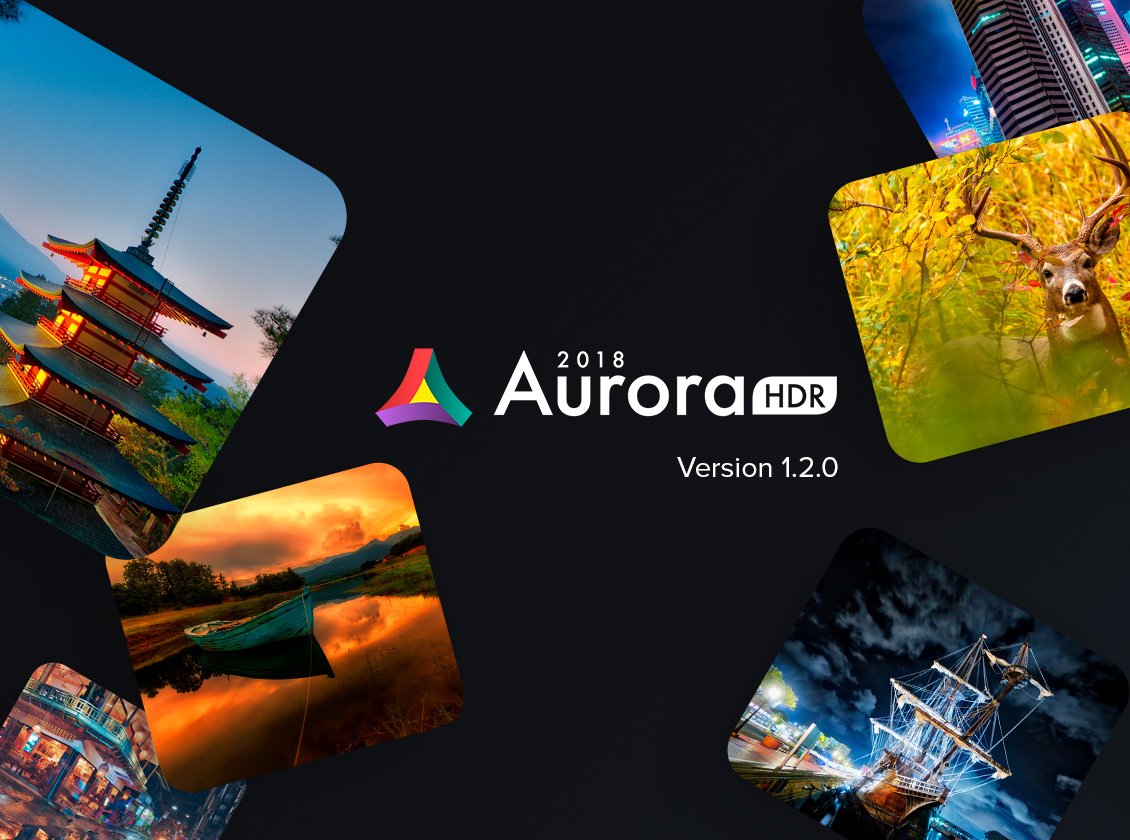While Aurora HDR is a specialized photo editor meant for one type of editing & photography style, Adobe Lightroom is not specialized. Rather, it's an all-purpose photo editor meant for all types of editing and all styles of photography. Workflow tips for exporting photos from Lightroom to Aurora HDR Pro.There are plenty of resources explaining HOW to export from Lightroom to Aurora HDR, but. Aurora HDR 2019 processes the image and saves it back to Lightroom alongside the bracketed exposures use to create it. The method for launching Aurora HDR at the start is different, but the outcome is the same. Adobe Lightroom CC 7.4; Aurora HDR 2018 1.2.0.2114; Windows 10. Lightroom - File - Plugin Extras - Transfer to Aurora - Process in Aurora - Click Apply. Result: Image does not automatically import back into Lightroom. Lightroom - File - Export with Preset - Edit a Copy with Lightroom Adjustments - Process in.
Lightroom Classic lets you merge multiple exposure-bracketed images into a single HDR image.

How many photos are optimum for an HDR photo merge?
Read these guidance notes and tips by Rikk Flohr (Software Quality Engineer for Lightroom ecosystem of apps, Adobe).

HDR photos are used to capture scenes having a large dynamic range. However, using more number of photos can lead to unwanted artifacts from poor alignment or ghosting. For optimal HDR merge, the aim is to capture photos in a manner that each part of the scene is well-exposed, that is neither blown-out nor under-exposed in at least one of the photos.
Use the following guidelines to identify how many photos work best for your case:
Lightroom Hdr Presets
- If your HDR bracketing is less than 3.0 stops in total separation (-1.5, 0, +1.5), use only the darkest and brightest exposures to generate an HDR. Capturing the middle exposure, or zero exposure, is not necessary for generating a quality exposure blend in such cases. If you exceed the 3-stop separation between the darkest and the brightest exposures, an additional exposure offset becomes necessary to process a good quality HDR photo.
| Camera Bracket settings | Optimum number of exposures for merging photos to HDR |
|---|---|
| -1.5 to +1.5 | 2 |
| -3.0 to +3.0 | 3 |
| -4.5 to +4.5 | 4 |
| -6.0 to +6.0 | 5 |
- If you are a photographer using the ± 1.5 exposure bracket, you can ignore the zero or middle exposure. This helps in faster render and improves alignment odds in the resultant HDR by reducing the chances of potential camera movement between the exposures. However, the zero exposure can be useful in scenarios where the capture scene is within the acceptable range of a single exposure and can be developed independently.
- If you are a standard HDR shooter using a ± 2.0 bracket, you ideally require only three photos to merge into an HDR.
- If you are a 5 shot ± 4.0 stop shooter, you can now drop from 5 shots to 4 shots for merging and processing HDR. However, if you are a 7 shot ± 6.0 stop shooter, you can now get the optimal HDR blend with only 5 shots (-6.0, –3.0, 0, 3.0, 6.0) provided your camera has three-stop stepping in the exposure bracketing function.
Aurora Hdr Vs Lightroom Hdr

Cmd/Ctrl-click the images in Lightroom Classic to select them.
In the HDR Merge Preview dialog, deselect the Auto Align and Auto Tone options, if necessary.
- Auto Tone: Provides a good starting point for an evenly-toned merged image
- Auto Align: Useful if the images being merged have slight movement from shot to shot. Enable this option if the images were shot using a handheld camera. Enabling this option may not be necessary if the images were shot using a tripod.
You can preview the effects of these settings right within the dialog box.
Sometimes, after the exposure-bracketed images are merged, some areas in the HDR image may appear unnaturally semi-transparent. Select one of the following deghosting option in the HDR Merge Preview dialog box to correct these anomalies: None, Low, Medium, or High. Try Low deghosting first to obtain a clean merged image. Try higher settings if necessary. Avoid using if your preview is free of ghosting artifacts.
- Low: Cures little or minor movement between frames
- Medium: Cures considerable movement between frames
- High: Cures high movement between frames
You can preview the effect of these settings right within the dialog box. If necessary, choose to view the deghost overlay.
To group the exposure-bracketed images and the HDR image in to a stack (after the images are merged), select the Create Stack option. The merged HDR image will be displayed at the top of the stack.
Note:
TheCreate Stack options has been introduced in Lightroom Classic CC 7.4 (April 2018 release)
Click Merge to create the HDR image (.dng). Lightroom Classic creates the image and displays it in your catalog.
Video: Capture high-contrast scenes with HDR merge
